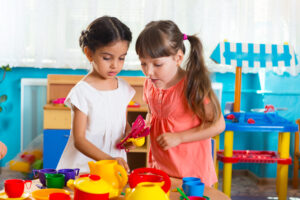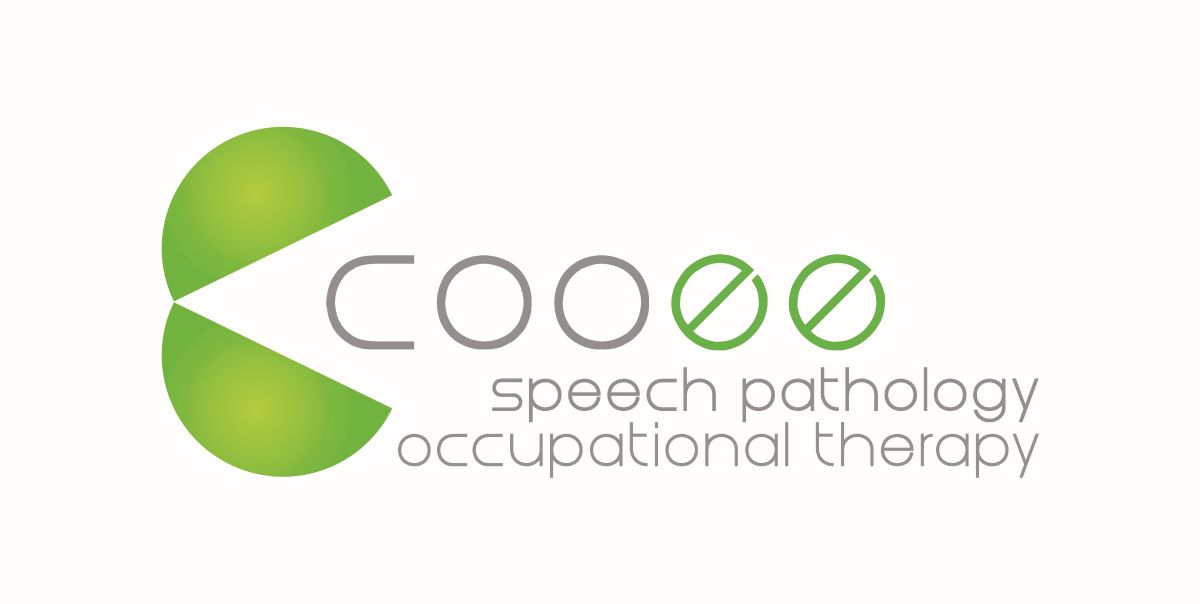What is Communication?
 Fundamentally, communication is the exchange or sharing of meaning.
Fundamentally, communication is the exchange or sharing of meaning.
Let’s break that down into two key concepts: “exchange” and “meaning”.
“Exchange” means sharing information between at least two people.
“Meaning” is the message itself – the what, why, and how behind the interaction. It involves sharing and making meaning together using words, sounds, gestures, visuals, and more.
The What, Why and How of Communication
Communication is about connection – sharing thoughts, feelings, needs, and ideas in ways others can understand.

- What we communicate – is what we think, feel or need.
- How we communicate – by speaking, using gestures and facial expressions, writing, drawing, signing, or with tools like Augmentative and Alternative Communication (AAC).
- Why we communicate – to order a coffee, study, build relationships, solve problems, or share a moment.
Importantly, communication is a two-way street. It’s not just about expressing – it’s also about listening, understanding, and responding. Whether it’s a child telling a story or a student trying to follow instructions, both sides of the exchange matter.
Just like other skills, communication develops over time. Some children face challenges along the way. That’s where Speech Pathologists come in – we’re trained to assess, diagnose, treat, and advocate for individuals with communication needs and their families.
At Cooee, our Speech Pathologists work closely with children and their families to build communication skills that matter in everyday life, for a lifetime.
Understanding Communication Difficulties

Strong communication skills are the foundation for learning, building relationships, and expressing ourselves clearly and confidently.
When children face communication difficulties, it can impact their ability to interact socially, make friends, and learn effectively (in both literacy and numeracy).
These challenges can range from mild to significant, and may be short-term or lifelong. Every child communicates differently, so our role is to recognise those differences, offer support, and create environments where communication can grow and flourish.
Examples of communication difficulties:
- Using the wrong sounds in words e.g., saying “wabbit” for “rabbit”
- Difficulty forming specific speech sounds e.g., saying the ‘s’ sound accurately
- Difficulty understanding or using spoken or written language
- Challenges in understanding social information, initiating and maintaining conversations, and adapting communication styles to different situations.
- Difficulty sounding-out words whilst reading, or using the write letters to form sounds whilst writing.
Early intervention is key – it can help reduce or prevent lifelong impacts for children with communication difficulties.
At Cooee
 At Cooee, we understand the value of early intervention and a family-centred approach.
At Cooee, we understand the value of early intervention and a family-centred approach.
We recognise that communication comes in all different forms; verbal (speaking and listening), nonverbal (eye contact, facial expressions, gestures (like pointing or waving)) or through augmentative and alternative communication (AAC).
Our Speech Pathologists prioritise listening to families’ concerns and designing individualised assessment and therapy plans tailored to each child’s goals and needs.
If you have more questions about the development of communication skills, and/or how a Speech Pathologist can support you, call or email our Client Care team through [email protected] or (07) 3265 4495.

Author: Sophie Leggett, Certified Practicing Speech Pathologist. Last updated July 2025.
